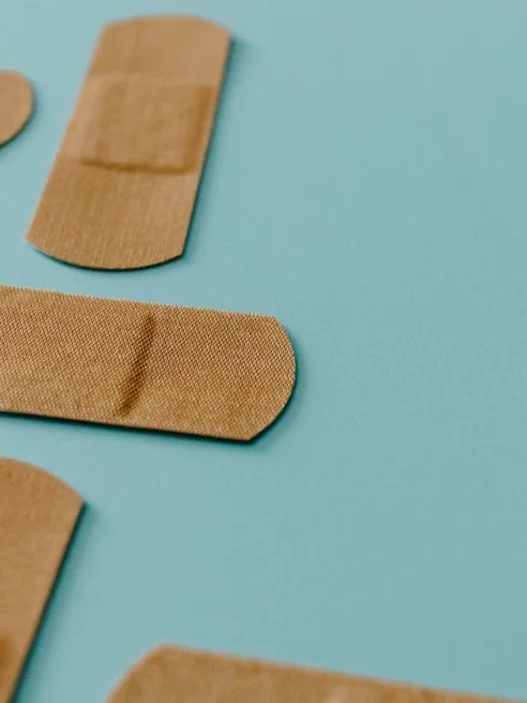057G4ZZ refers to a medical procedure where a right hand vein is dilated using an endoscope inserted through the skin. This technique allows for a minimally invasive approach to widen the vein for improved blood flow.
Table of Contents:
- 🔎 Clinical Indication
- 📋 Preparation
- 📖 Methodology
- 🩹 Recovery
- 🚨 Complexity & Risk
- 🔀 Similar Procedures
🔎 Clinical Indication
Dilation of the right hand vein via percutaneous endoscopic approach may be performed to address a blockage or narrowing in the vein. This procedure can help improve blood flow and circulation in the affected area.
By using an endoscope to navigate through the vein, doctors can identify the exact location of the blockage and perform the necessary dilation to restore normal blood flow. This minimally invasive procedure can help alleviate symptoms such as pain, swelling, and numbness in the hand caused by restricted blood flow.
📋 Preparation
Before undergoing the dilation of a patient’s right hand vein using a percutaneous endoscopic approach, several preparations must be made. The patient will likely need to fast for a certain period of time before the procedure.
Additionally, the patient may need to stop taking certain medications, such as blood thinners, in the days leading up to the procedure. The healthcare team will also likely perform various tests, such as bloodwork and imaging scans, to ensure the patient is healthy enough for the procedure.
📖 Methodology
During a dilation of the right hand vein using a percutaneous endoscopic approach, a small incision is made in the vein to allow for the insertion of a tube with a camera at the end. This camera helps the doctor visualize the inside of the vein while dilating it to improve blood flow.
The procedure is typically performed under local anesthesia to minimize discomfort for the patient. By dilating the vein, blockages and constrictions can be cleared to help facilitate better circulation in the hand.
Overall, the goal of this procedure is to improve blood flow in the right hand by widening the vein and removing any obstacles that may be hindering circulation. It is a minimally invasive procedure that can have a positive impact on the patient’s quality of life.
🩹 Recovery
After a dilation of the right hand vein using a percutaneous endoscopic approach (057G4ZZ), the patient will typically experience some mild discomfort and bruising at the site of the procedure.
Recovery usually involves rest, elevation of the affected hand, and the application of ice packs to reduce swelling.
Patients may also be advised to avoid strenuous activities for a few days to allow the vein to heal properly. Regular follow-up appointments with the healthcare provider may be necessary to monitor the progress of the recovery process.
🚨 Complexity & Risk
Performing 057G4ZZ, or Dilation of Right Hand Vein using a percutaneous endoscopic approach, can be a complex procedure due to the delicate nature of the veins in the hand and the precise technique required for successful dilation.
Patients undergoing this procedure may face potential risks such as damage to surrounding tissues, infection at the insertion site, or bleeding. It is important for healthcare providers to carefully assess the patient’s condition and monitor for any complications during and after the procedure.
🔀 Similar Procedures
Another medical procedure similar to dilation of a hand vein is angioplasty. Like dilation of a hand vein, angioplasty is a minimally invasive procedure that involves opening up a blocked or narrowed blood vessel to improve blood flow.
During an angioplasty, a catheter with a balloon at the tip is guided to the site of the blockage, then inflated to widen the artery. This allows for better circulation and can help relieve symptoms such as chest pain or shortness of breath.
Both dilation of a hand vein and angioplasty are commonly used to treat vascular conditions and can be performed on an outpatient basis, minimizing the need for extensive recovery time.





